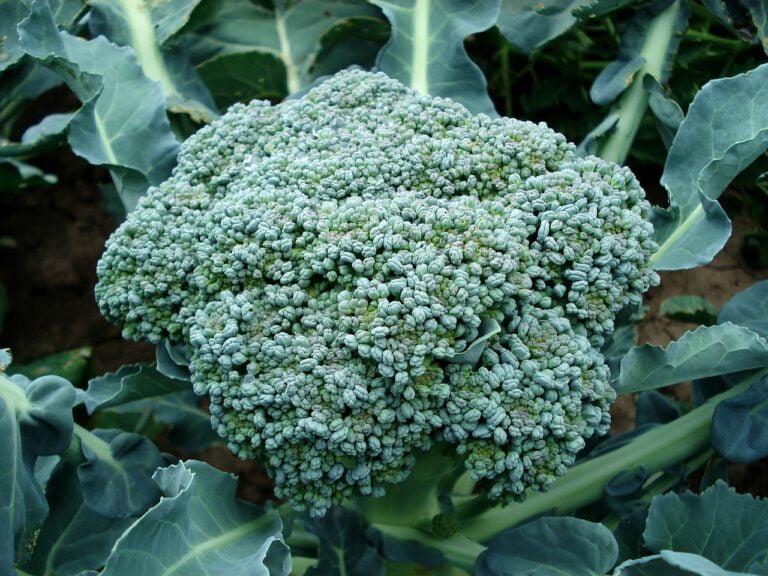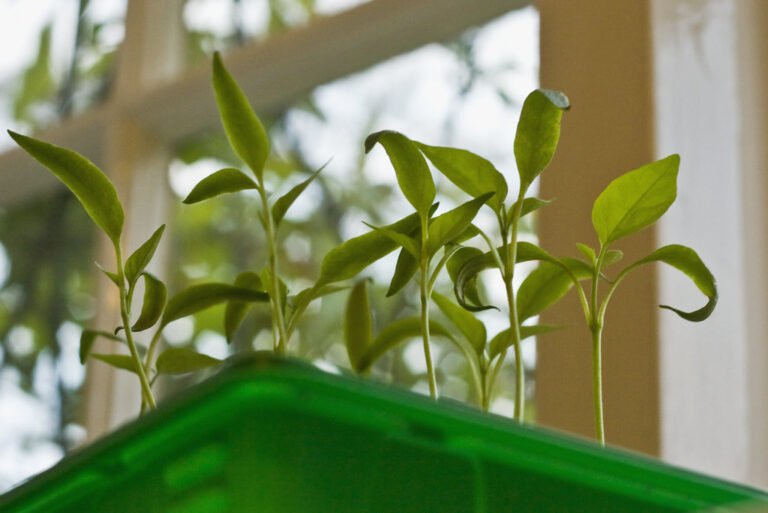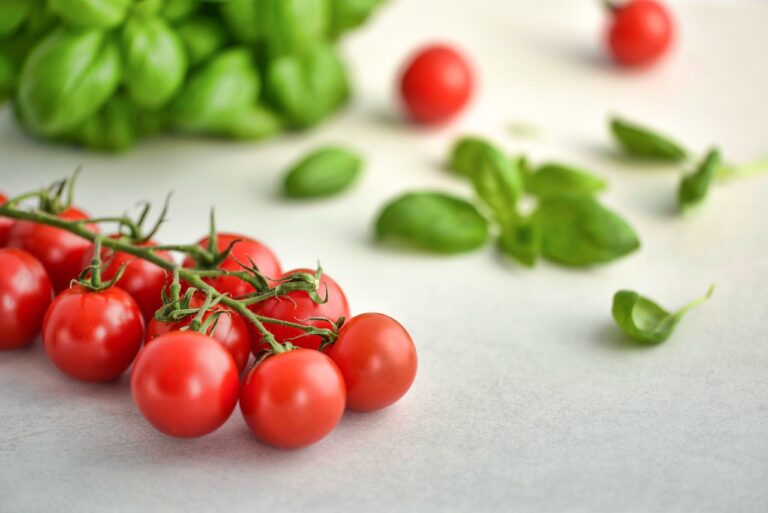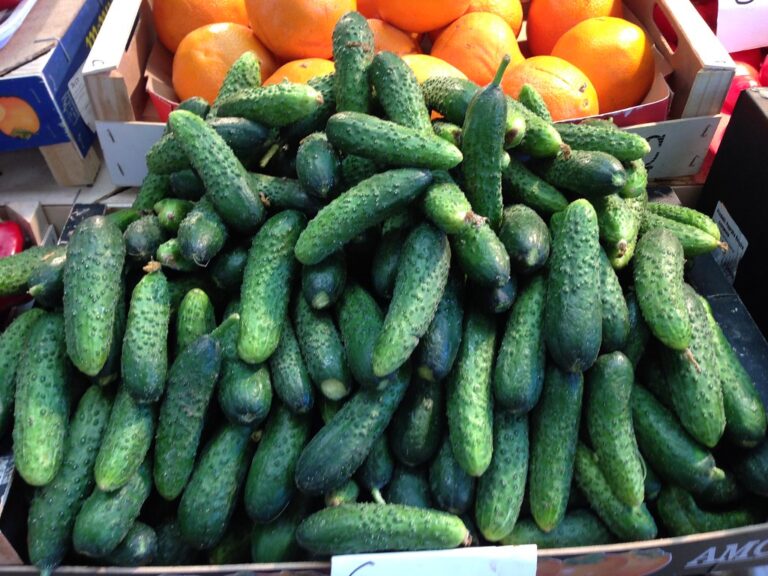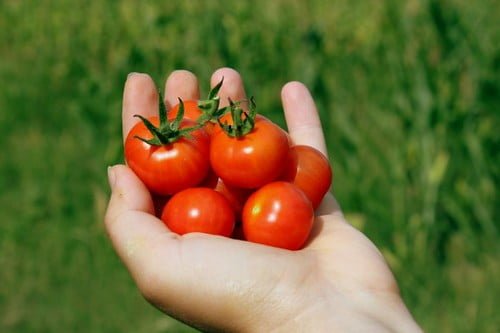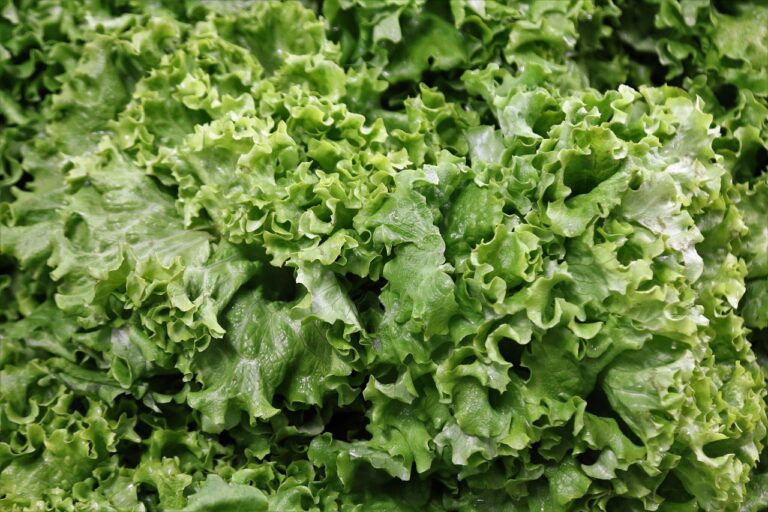Understanding the Growing Stages of Bell Peppers
If you've ever wanted to grow your own bell peppers, this article is for you. We'll guide you through each stage, from seedling to harvest, providing practical tips along the way. Learn how to transplant your seedlings, nurture their early growth, and support the flowering and fruit formation process. We'll also discuss common pests and diseases to watch out for, as well as provide helpful advice for successful pepper cultivation. Get ready to enjoy homegrown bell peppers in no time!
Seedling Stage
In the seedling stage of bell peppers, your plants will require daily watering and regular monitoring for any signs of pests or diseases. This is a critical phase in the growth process, as it sets the foundation for a healthy and productive plant. To ensure proper watering, make sure the soil is consistently moist but not waterlogged. Overwatering can lead to root rot, while underwatering can stunt growth. Additionally, keep a close eye on your seedlings for any signs of pests, such as aphids or caterpillars, which can quickly damage your plants. Regularly inspect the leaves and stems for any discoloration, spots, or wilting, as these could be signs of diseases. By providing attentive care during the seedling stage, you are laying the groundwork for a successful bell pepper harvest.
Transplanting to Garden
To successfully transplant your bell pepper seedlings to the garden, you'll need to carefully prepare the soil and select a suitable planting location. Start by choosing a sunny spot with well-drained soil. Bell peppers thrive in soil that is rich in organic matter, so consider adding compost or well-rotted manure to improve its fertility. Before transplanting, water the seedlings thoroughly to ensure their roots are well-hydrated. Dig a hole that is slightly larger than the root ball of each seedling, spacing them about 18-24 inches apart. Gently remove the seedlings from their containers, being careful not to damage the delicate roots. Place each seedling in a hole, making sure it is at the same depth as it was in the container. Fill the hole with soil, pressing gently to eliminate air pockets. Water the newly transplanted seedlings deeply to help them settle in. Provide support, such as stakes or cages, to prevent the plants from bending or breaking under the weight of the fruit. Finally, mulch around the plants to retain moisture and suppress weed growth. With proper care, your bell pepper seedlings will thrive in their new garden home.
Early Growth and Development
After transplanting your bell pepper seedlings to the garden, you can observe their early growth and development. During this stage, it is important to provide proper care and attention to ensure healthy plant growth. Bell peppers thrive in warm, sunny locations with well-drained soil. Water your plants regularly, keeping the soil moist but not waterlogged. As the plants grow, you may notice the appearance of small, green leaves and the development of a sturdy stem. It is crucial to provide support to the growing plants by using stakes or cages to prevent them from bending or breaking under their own weight. Additionally, regular pruning of the lower leaves and branches will promote air circulation and prevent disease. By nurturing your bell pepper plants during their early growth, you will increase the chances of a bountiful harvest.
Flowering Stage
During the flowering stage, you will notice the bell pepper plants producing beautiful blossoms that will eventually lead to the formation of peppers. This is an exciting phase in the growth of your bell peppers, as it signifies the beginning of fruit production. The flowers will appear on the plants' stems, usually near the top, and they may be white, yellow, or purple in color. It is essential to ensure proper pollination during this stage to ensure a good yield. You can aid in pollination by gently shaking the plants or using a small brush to transfer pollen from flower to flower. Additionally, providing adequate sunlight, water, and nutrients will support healthy flower development and increase the chances of successful fruit formation. Keep a close eye on your bell peppers during the flowering stage to ensure a bountiful harvest.
Fruit Formation
Once the bell pepper plants have been successfully pollinated during the flowering stage, you can expect the formation of peppers to begin. Fruit formation is an exciting stage in the growth of bell peppers as it signifies the transition from flowers to fully developed fruits. During this stage, the small green peppers will start to grow in size and gradually change color. It is crucial to provide the plants with adequate water, sunlight, and nutrients during this period to ensure healthy fruit development. As the peppers grow, they may require support to prevent the branches from breaking under the weight of the fruit. Regularly inspect the plants for pests and diseases, and take appropriate measures to protect the fruits. Harvest the peppers when they reach their desired size and color, ensuring a satisfying and flavorful addition to your meals.
Maturation Process
As your bell peppers continue to grow, they will undergo a maturation process. This process is crucial for achieving the best taste and texture in your peppers. As the peppers mature, their color will change from green to yellow, orange, or red, depending on the variety. You can determine the maturity of your bell peppers by their color and size. The longer you leave them on the plant, the sweeter and more flavorful they will become. It's important to note that bell peppers can be harvested at any stage of maturity, but for the best results, it is recommended to wait until they have reached their full color. Once harvested, you can store them in the refrigerator for up to a week. Enjoy the fruits of your labor by incorporating these vibrant and delicious bell peppers into your favorite dishes.
Harvesting Bell Peppers
To harvest your bell peppers, you will need to assess their color and size. Bell peppers are usually ready for harvest when they have reached their full size and have turned their desired color. Green bell peppers are typically harvested when they are still green and firm. However, if you prefer red, yellow, or orange bell peppers, you will need to wait until they have fully ripened and changed color. When harvesting bell peppers, use a sharp knife or pruning shears to cut the stem about an inch above the top of the pepper. Be careful not to damage the plant or other peppers. Once harvested, store your bell peppers in a cool, dry place or in the refrigerator to maintain their freshness and flavor.
Storing Harvested Peppers
To properly store your harvested peppers, use airtight containers or plastic bags to seal in their freshness. After harvesting your peppers, gently wash them with cool water and pat them dry. Avoid using soap or any harsh chemicals as it may affect the flavor and quality. Next, remove any stems or leaves attached to the peppers. It is important to store peppers in a cool, dry place with a temperature of around 45-50°F (7-10°C). Avoid storing them near fruits like apples or bananas as they release ethylene gas, which can cause peppers to ripen and spoil quickly. If you have an excess of peppers, you can also freeze them by cutting them into slices or dicing them before placing them in airtight freezer bags. Properly stored, your harvested peppers can last for up to two weeks.
Common Pests and Diseases
Protect your bell peppers from common pests and diseases to ensure healthy growth and a bountiful harvest. One of the most common pests that can affect bell peppers is aphids. These tiny insects can cause damage by sucking sap from the leaves and stems, leading to stunted growth and deformed fruits. To prevent aphid infestation, regularly inspect your plants and remove any affected leaves or use organic insecticidal soap. Another common problem is blossom end rot, which is caused by a calcium deficiency in the soil. To prevent this, ensure your plants receive adequate water and nutrients, and consider adding calcium-rich amendments to the soil. Additionally, keep an eye out for diseases like bacterial spot and fungal infections, which can be controlled through proper sanitation, crop rotation, and the use of disease-resistant varieties. By being proactive and taking these preventive measures, you can protect your bell peppers and enjoy a successful harvest.
Tips for Successful Pepper Cultivation
To maximize your pepper cultivation success, consistently water your plants and regularly check for signs of pests or diseases. Adequate watering is crucial for the health and growth of your pepper plants. Keep the soil evenly moist, but avoid overwatering as it can lead to root rot. Additionally, ensure proper drainage to prevent waterlogging. Regularly inspect your plants for signs of pests like aphids, mites, or caterpillars, as well as diseases such as powdery mildew or bacterial spot. Promptly address any issues to prevent them from spreading and causing extensive damage. Consider using organic insecticides or fungicides if necessary, but be cautious of their application and follow the instructions carefully. Taking these steps will help you maintain healthy and productive pepper plants throughout the cultivation process.
Conclusion
In conclusion, understanding the growing stages of bell peppers is essential for successful cultivation. From the seedling stage to transplanting, early growth, flowering, and fruit formation, each stage requires proper care and attention. Harvesting and storing the peppers correctly is also crucial for maintaining their freshness. Additionally, being aware of common pests and diseases can help prevent damage to the plants. By following these tips, you can ensure a bountiful harvest of delicious bell peppers.

